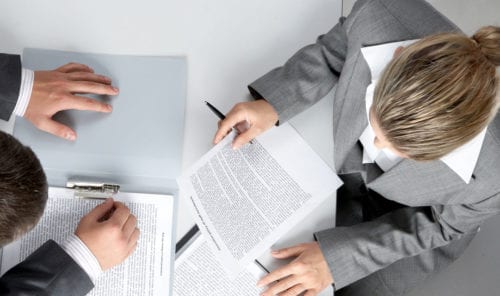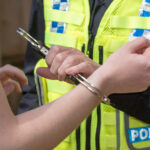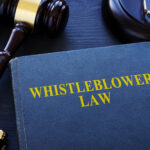In the majority of legal disputes it is accepted practice to progress the dispute with the aim of ultimately avoiding court proceedings. If a dispute has to engage the court’s system, it can be complex, lengthy, stressful and expensive, so with many disputes there are various means of mediation or arbitration employed to settle a dispute outside the court’s system.
The court’s general direction on Pre-Action Conduct states that “starting proceedings should usually be a step of last resort”, and where professional negligence is concerned, the Professional Negligence Pre-Action Protocol (the protocol) encourages the early exchange of information, a narrowing of the involved issues and a consideration of different methods of dispute resolution, all with a view to avoiding the dispute proceeding to the court’s system.
Who is the protocol aimed at?
The protocol should be followed for any dispute involving a professional party, unless that profession has its own specific protocol. In most cases this therefore involves solicitors, barristers, lawyers, surveyors, accountants, tax advisors, financial advisors and banks, because other professionals have their own protocols, for example construction professionals such as architects and quantity surveyors or medical professionals such as doctors, nurses or surgeons.
What is the aim of the protocol?
When it came into force on July 16th 2001, the protocol aimed to produce a dialogue between the dispute parties whereby mutual agreement over a settlement would be more likely, so the protocol sets out standards to follow which ensures all issues between the dispute parties are identified in correspondence, and the relevant evidence is gathered together and supplied upfront, prior to any court proceedings. This ensures that if the dispute is not settled out of court, it at least means the dispute will run more smoothly when it reaches the court system.
The protocol is the first step in any professional negligence claim, and if a claimant doesn’t follow the protocol it can be very costly and, in some cases, could be damaging to their prospects of winning the dispute.
What is the protocol process?
There is a strict and well-established process within the protocol which each party must follow:
- Preliminary notice – This is where the claimant notifies the defendant of the nature of the claim, with brief details in a short letter. The details should include an estimate of the monetary value involved in the claim, if this is known.
- Letter of acknowledgement – Upon receipt of the preliminary notice the defendant must reply with a letter of acknowledgement, confirming they have received the details of the claim. This must be done within 21 days of receiving the preliminary notice. The defendant is not required to do anything further at this stage, though it would be recommended to at least start gathering evidence in defence.
- Letter of claim – This is the key document and the basis of the claim and should detail the timeline of events and the circumstances forming the dispute and leading to the claim, including the legal arguments. This should also summarise the legal basis for the amount of damages claimed. The letter of claim should also include documents, supporting evidence and statements from expert witnesses.
- Letter of acknowledgement – Again, upon receipt of the letter of claim, the defendant must acknowledge receipt of it within 21 days.
- Letter of response – The defendant must respond to the arguments and evidence presented in the letter of claim. This must be done within three months of sending the letter of acknowledgement, but it is common for defendants to seek an extension to this. If the defendant accepts liability for the dispute, in whole or in part, they should reply with a letter of settlement. If the defendant denies liability, in whole or in part, they should detail the legal argument as to why, including any documents or supporting evidence upon which they would rely.
- Court proceedings – If no resolution can be found between the two parties, and the defendant has not sent a letter of settlement, then the claimant can commence the litigation process through the courts.
- Further correspondence – Sometimes there is a view that there is a possibility of resolving the dispute through further correspondence and dialogue, even if no liability is admitted and no letter of settlement is sent by the defendant. In order to avoid court proceedings the two parties can continue to negotiate but with the aim of resolving the dispute within six months of the letter of acknowledgement.
Do you need assistance with a professional negligence dispute?
If you have experienced professional negligence and need help and advice with understanding and following the protocol, then contact our professional negligence team and we can help you resolve the dispute amicably and in your favour.


















